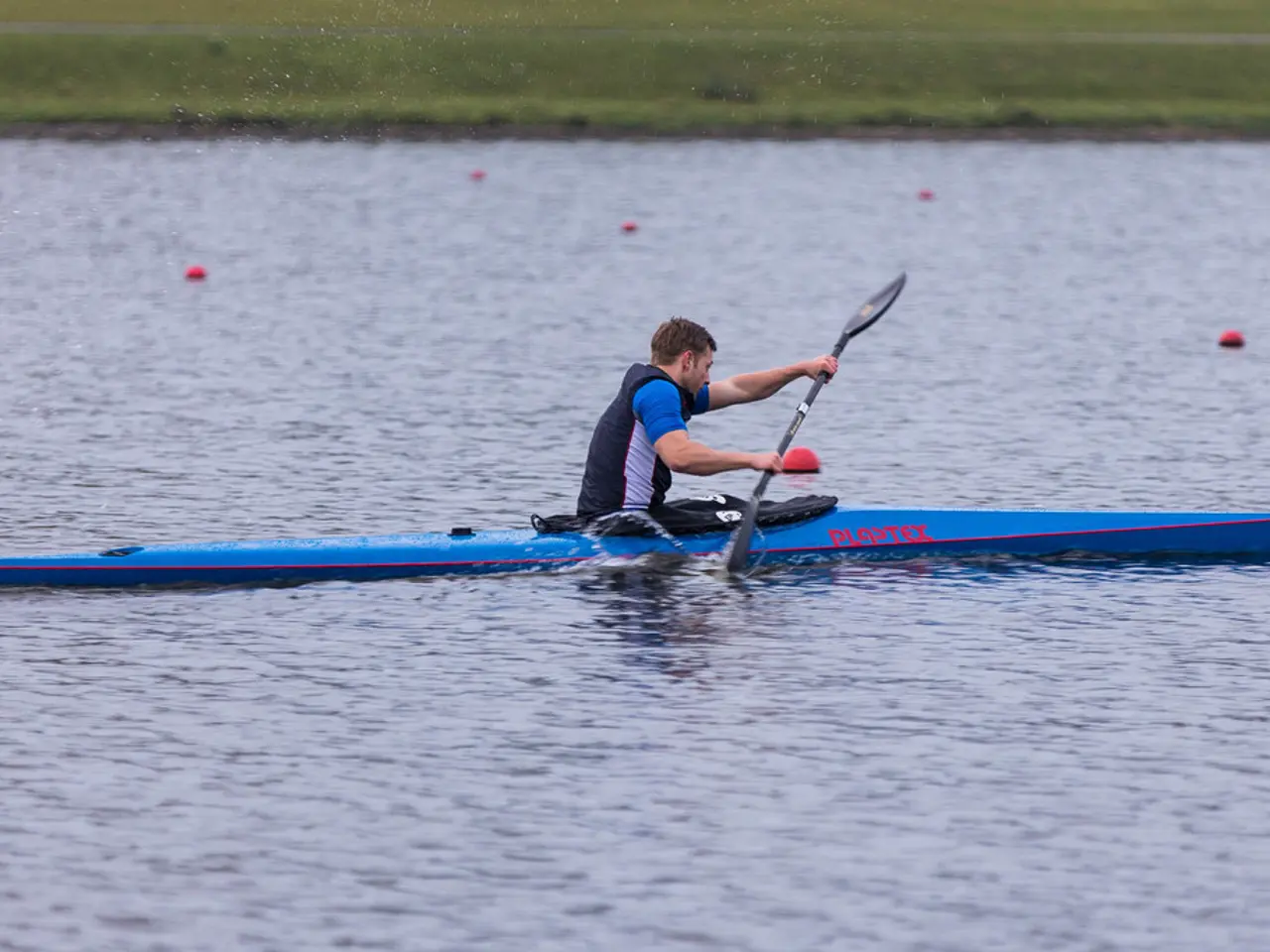Guiding You in Selecting the Perfect Kayak
Whether you're a seasoned paddler or a beginner, choosing the right kayak is essential for an enjoyable and safe experience on the water. Here are some key factors to consider when selecting your ideal kayak.
Skill level
For beginners, it's best to opt for stable and forgiving kayaks such as sit-on-top models or kayaks with a wider, flatter hull for easier control and balance. Intermediate paddlers may prefer kayaks that offer higher maneuverability and responsiveness, like those with rounded hulls or sit-inside designs. Advanced paddlers often select specialized, high-performance kayaks tailored to specific conditions, such as touring or whitewater kayaks.
Purpose and water conditions
For flatwater or recreational paddling, stability and comfort (like comfortable seats, footrests, and good storage) are priorities. Sit-on-top kayaks are common here, especially for beginners or group outings. For long-distance touring, longer and narrower kayaks with efficient tracking and more storage like touring kayaks are preferred. These kayaks often have a sit-inside design for better protection from elements. For whitewater or river kayaking, moderately shorter kayaks with rounded hulls for maneuverability and stability in rapids are recommended.
Kayak design features
The hull shape influences performance: flat hulls improve primary stability (good for beginners), while V-shaped or rounded hulls improve tracking and maneuverability suitable for intermediate or advanced use. Length affects paddling efficiency: longer kayaks track better and have more storage space but are less maneuverable; shorter kayaks are easier to turn but less efficient for speed or distance. Width impacts stability: wider kayaks provide more stability but can be slower; narrower kayaks improve speed and tracking but require better balance.
Material and durability
Different materials affect weight, toughness, and maintenance. Rotomolded polyethylene kayaks are durable and affordable; composite materials (carbon fiber, fiberglass) offer lighter weight and better performance but at a higher cost. Inflatable kayaks range in durability and weight and offer portability.
Comfort and convenience
Features such as adjustable seats, footrests, storage compartments, rod holders (for fishing kayaks), and easy entry/exit affect the overall experience and suitability for different uses. Tandem kayaks are great for shared paddling or teaching beginners during group trips.
Weight capacity
Choosing a kayak that supports the paddler's weight plus gear is essential, especially for bigger paddlers; overweighting a kayak compromises stability and safety.
In conclusion, the right kayak matches paddler skill and comfort needs with the water conditions and kayaking goals—recreational stability, touring efficiency, fishing gear needs, or whitewater maneuverability. Testing different kayaks where possible and considering factors such as hull design, material, comfort features, and weight capacity ensures the best choice for individual purposes and expertise.
Remember, safety is paramount. Always wear a Personal Flotation Device (PFD) as required by law in many areas, carry a whistle for signaling in case of emergency, and keep a first aid kit on board. It's also recommended to try the kayak before purchasing if possible. Happy paddling!
[1] Inflatable kayaks: https://www.outdoorgeek.co.uk/blog/inflatable-kayaks-buying-guide [2] Choosing the right kayak: https://www.rei.com/learn/expert-advice/choose-kayak.html [3] Kayak types: https://www.canoeandkayak.com/how-to/choose-the-right-kayak-type/ [4] Whitewater kayaking: https://www.rei.com/learn/expert-advice/whitewater-kayaking.html [5] Touring kayaking: https://www.rei.com/learn/expert-advice/touring-kayaking.html
[1] For an outdoor-living enthusiast who values lifestyle versatility, exploring home-and-garden stores could lead to finding an inflatable kayak, a compact and portable option that suits multiple paddler skill levels and water conditions.
[2] A sports fanatic looking to integrate outdoor-living into their home and garden may find it rewarding to invest in a touring kayak, with its efficient tracking and storage capabilities ideal for long-distance paddling adventures, making it a perfect addition to their sports equipment collection.






